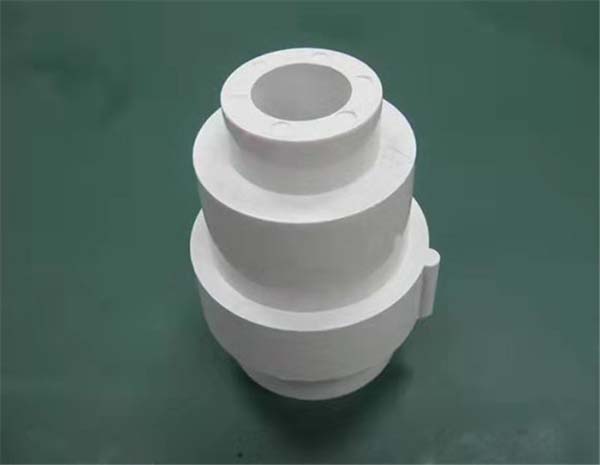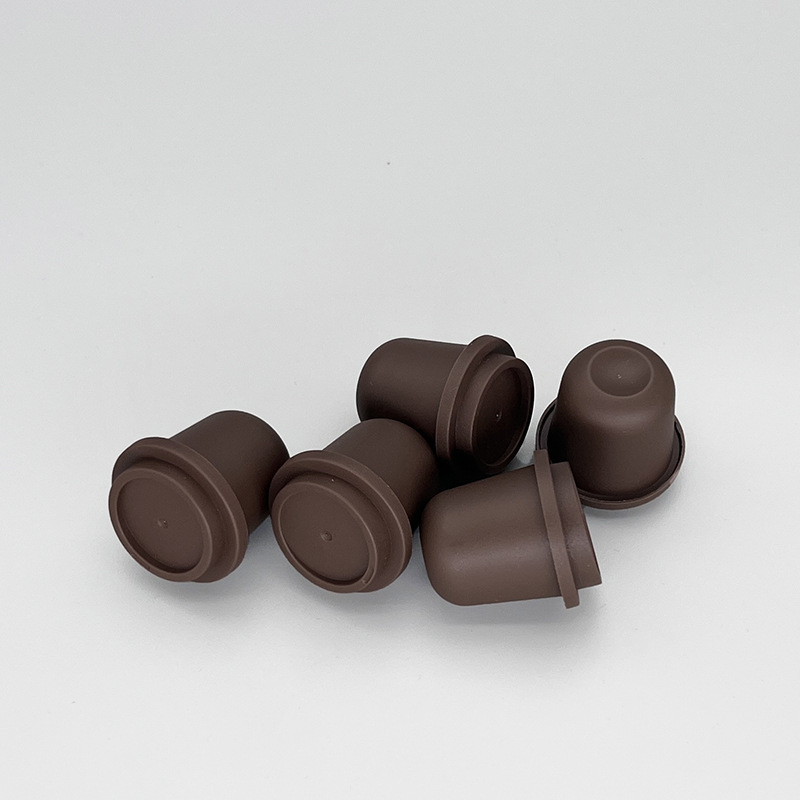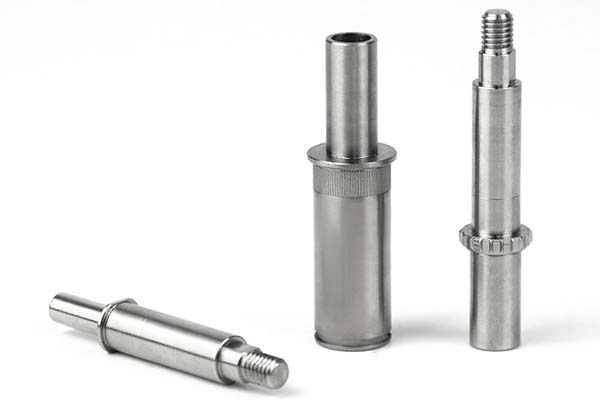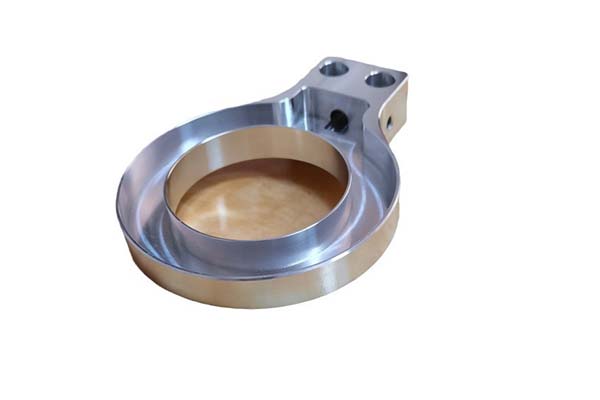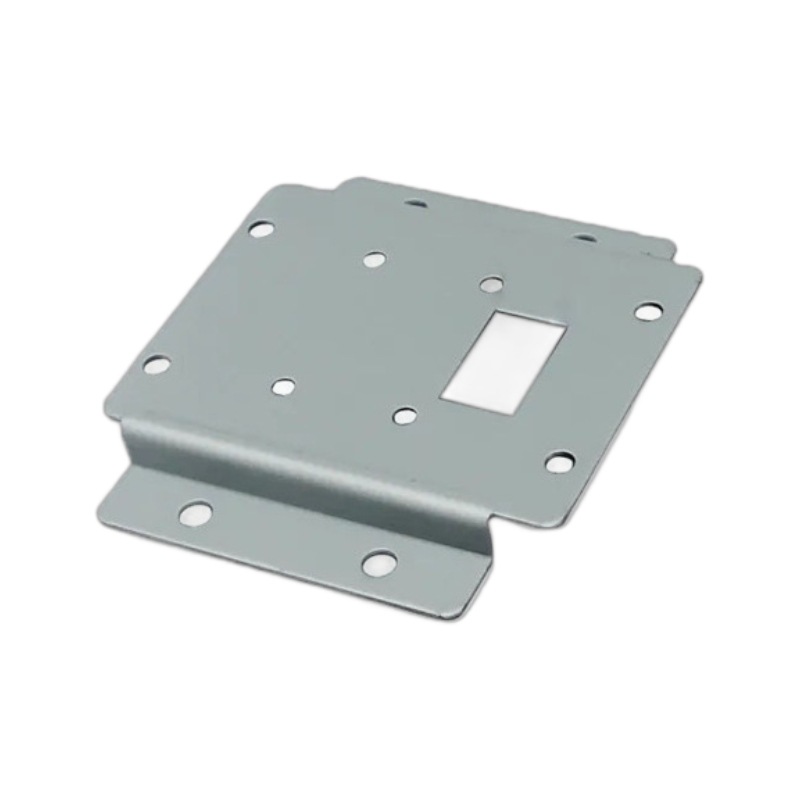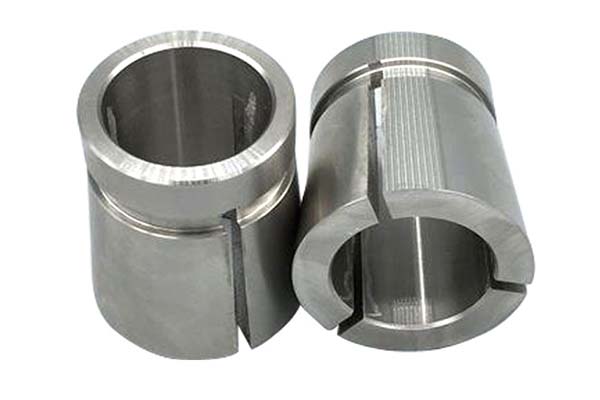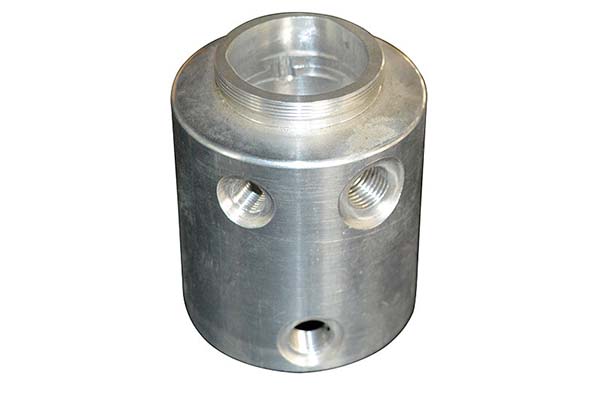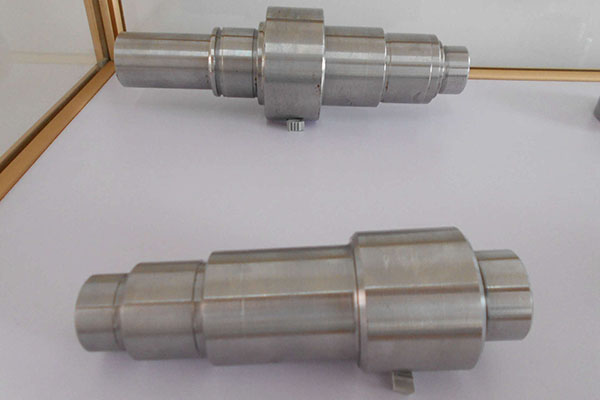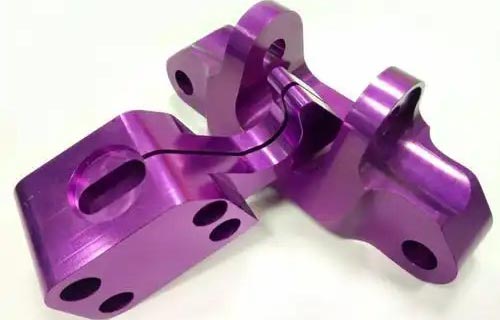CNC machining of ABS (Acrylonitrile Butadiene Styrene) is widely used across various industries, but it comes with its own set of challenges. Many manufacturers struggle with achieving consistent surface finishes, selecting the right tools, and maintaining dimensional accuracy when machining this versatile plastic. In this guide, we'll address these pain points and provide detailed insights into every aspect of CNC machining ABS.
CNC Machining Basics for ABS
At the core of CNC machining ABS is the CNC machine, which operates on Computer Numerical Control to execute precise manufacturing tasks. The machining process starts with CNC programming, where engineers use CAD/CAM software to design the part and generate toolpaths. For ABS, common processes include CNC milling for creating complex 3D shapes and CNC turning for cylindrical parts. A CNC router is also useful for cutting flat ABS sheets.
Machine setup is crucial for ABS machining. Proper fixturing ensures the material stays stable during cutting, preventing vibrations that can mar the surface. Toolpath generation in the CAD/CAM software must account for ABS's properties—for example, using slower feed rates in corners to avoid chipping. Compared to metals, ABS machining requires less power but more attention to heat buildup, as excessive heat can warp the material.
ABS Material Properties
Acrylonitrile Butadiene Styrene (ABS) is a thermoplastic polymer known for its balanced properties. As an ABS plastic, it combines the rigidity of acrylonitrile, the toughness of butadiene, and the gloss of styrene. Its mechanical properties include a tensile strength of 30-45 MPa, making it strong enough for structural parts, and a density of 1.04-1.06 g/cm³, which is lighter than many metals.
In terms of thermal properties, ABS has a glass transition temperature of 105°C, meaning it softens above this point—important to consider during machining to avoid deformation. It offers moderate chemical resistance, withstanding oils and dilute acids but not strong solvents like acetone. Its impact resistance is excellent, especially at room temperature, though it can become brittle in cold environments. This flexibility makes it ideal for parts that need to absorb minor impacts.
CNC Machining Processes for ABS
Several CNC machining processes are effective for ABS, each with specific uses:
- Milling: Used for creating slots, holes, and complex geometries. A 3-axis mill can handle most ABS parts, while 5-axis mills are for intricate designs.
- Turning: Perfect for cylindrical components like bushings or shafts.
- Drilling: Requires sharp bits to prevent cracking around the hole edges.
- Cutting: Shearing ABS sheets with a CNC router produces clean edges if the speed is optimized.
- Engraving: ABS takes well to engraving, with crisp lines when using a sharp carbide end mill.
Roughing operations remove bulk material quickly, while finishing operations focus on surface quality. For example, rough milling ABS at a feed rate of 500 mm/min followed by a finishing pass at 300 mm/min balances efficiency and precision. Boring and reaming ensure tight-tolerance holes, critical for parts that need to fit with other components.
Tool Selection for ABS
Choosing the right cutting tools is key to successful ABS machining. End mills with two flutes are preferred because they allow better chip evacuation, reducing heat buildup. Carbide tools are excellent for ABS, as they stay sharp longer than high-speed steel tools and can handle higher speeds. A tool diameter of 6-12 mm works well for most milling tasks, while smaller diameters (1-3 mm) are better for detailed engraving.
Tool geometry matters too—tools with a high helix angle (30-45°) cut through ABS smoothly. The flute count affects chip removal: two flutes are best for general purposes, while four flutes can improve surface finish in finishing passes. Optimal cutting speed for ABS is 150-300 m/min, with a feed rate of 0.1-0.2 mm/tooth. Using these parameters reduces tool wear and prevents melting.
Surface Finish and Quality
Achieving a smooth surface roughness (Ra 0.8-3.2 μm) is achievable with proper techniques. Finish quality can be enhanced through polishing with fine-grit sandpaper (400-600 grit) or sanding between machining passes. For a glossy look, coating or painting ABS is straightforward, as its surface adheres well to paints and adhesives.
Dimensional accuracy of ±0.05 mm is possible with ABS, but this requires tight process control. Common issues like warping can be avoided by using coolants or air blasts to keep the material temperature low. Texture can be added intentionally via engraving or by using a textured toolpath, useful for grip surfaces. Maintaining consistent gloss level across a part often depends on uniform cutting speeds—slower speeds in corners can create a duller finish, so adjusting feed rates here is necessary.
Applications of CNC Machined ABS
CNC machined ABS is used across industries:
- Prototyping: Its low cost and ease of machining make it ideal for functional prototypes, allowing designers to test form and fit quickly.
- Automotive parts: Interior trim, dashboard components, and connector housings benefit from ABS's impact resistance.
- Consumer electronics: Phone cases, laptop bezels, and speaker enclosures use ABS for its sleek finish and durability.
- Industrial equipment: Handles, knobs, and protective covers rely on its strength and chemical resistance.
- Toys: Many plastic toys are CNC machined from ABS due to its safety and ability to hold intricate details.
It’s also used in medical devices (non-implantable parts) and aerospace components (non-structural interior parts). Custom parts like enclosures for electronics are often made from ABS because it can be machined to precise dimensions and easily modified.
Yigu Technology's Perspective
Yigu Technology excels in CNC machining ABS, leveraging our expertise to address common challenges. We use carbide tools with optimized geometries and strict process controls to ensure consistent surface finishes and dimensional accuracy. Whether prototyping or producing small batches, we tailor our approach to ABS's properties, from tool selection to cooling strategies. Our commitment to quality ensures that every ABS part meets client specifications, delivering reliable performance across applications.
FAQ
- What causes ABS to crack during machining?
Cracking often results from dull tools, excessive feed rates, or inadequate fixturing. Using sharp carbide tools and reducing feed rates in tight corners prevents this.
- Can ABS be machined to a mirror finish?
Yes. A combination of fine-grit sanding (800-1200 grit) after machining and a polishing compound can achieve a mirror-like surface.
- Is ABS suitable for outdoor applications?
ABS has moderate UV resistance; prolonged exposure to sunlight can cause fading and brittleness. For outdoor use, consider UV-stabilized ABS grades.
